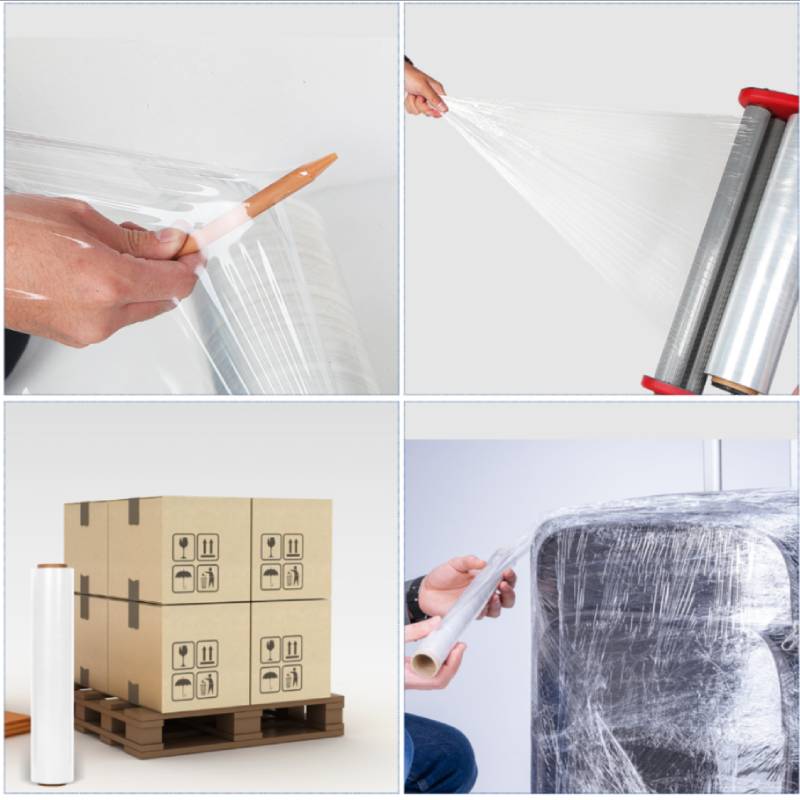Innovative Examples of Composite Packaging Solutions for Sustainable Product Protection
Examples of Composite Packaging A Sustainable Approach to Modern Packaging Needs
In recent years, the push for sustainable packaging solutions has led to the increased use of composite packaging materials. Composite packaging combines two or more materials to enhance the protective qualities while minimizing environmental impact. This innovative approach addresses the demands of various industries, ranging from food and beverage to pharmaceuticals, offering both durability and recyclability.
What is Composite Packaging?
Composite packaging typically involves the integration of different materials such as paper, plastic, metal, and glass. These materials are layered together, forming a packaging solution that optimizes the strengths of each component while mitigating their weaknesses. For example, a common composite packaging solution may feature a paper layer for improved printability and sustainability, combined with a plastic layer to provide moisture and air barrier properties, ensuring product longevity.
Examples of Composite Packaging
1. Food and Beverage Packaging
One of the most prevalent examples of composite packaging can be seen in the food and beverage industry. Many juice boxes utilize a composite structure composed of a thin layer of aluminum, paperboard, and a plastic liner. This combination ensures that the juice remains fresh and free from contamination, while also being lightweight and easy to transport. The use of composite materials enhances the shelf life of products without compromising on taste.
2. Pharmaceutical Packaging
In the pharmaceutical sector, composite packaging is crucial for maintaining the integrity of sensitive products. Blister packs made from a combination of PVC (polyvinyl chloride) and aluminum foil are widely used to protect tablets and capsules. The aluminum foil acts as a barrier against moisture and oxygen, while the PVC provides structural strength. This combination not only preserves the efficacy of medication but also facilitates easy opening for consumers.
3. Cosmetics and Personal Care
composite packaging examples

Composite materials are also gaining popularity in the cosmetics industry. Many cosmetic brands opt for composite tubes made from laminated materials that combine plastic and aluminum. This approach allows for a flexible yet sturdy packaging format that can be easily squeezed for product dispensing. Moreover, these tubes are often designed to be recyclable, aligning with the industry’s shift towards sustainability.
4. Retail and E-commerce Packaging
As e-commerce continues to grow, so does the need for protective packaging that can withstand the rigors of shipping. Composite boxes made from corrugated cardboard layered with plastic are increasingly used to secure fragile items during transit. This composite structure offers strength and protection while being lightweight, making it an ideal choice for retailers looking to reduce shipping costs and carbon footprint.
5. Bulk and Industrial Packaging
In bulk packaging, composite materials provide solutions that cater to the transportation of heavy goods. For example, composite sacks made from woven polypropylene combined with a moisture-resistant inner liner are used for products like grains and chemicals. This type of packaging ensures that contents remain dry and protected from contamination during transportation and storage.
The Benefits of Composite Packaging
The versatility of composite packaging lies in its ability to adapt to various applications, providing companies with tailored solutions that enhance product protection while supporting sustainability goals. One of the main advantages is its potential for recycling. Many composite structures can be designed for easier recycling processes, which is crucial in the current climate of environmental awareness.
Additionally, composite packaging often results in reduced material usage, which lowers production costs and minimizes waste. The combination of different materials can lead to better insulation properties, reducing energy consumption during transportation and storage.
Conclusion
As industries continue to explore creative and sustainable solutions, composite packaging stands out as a formidable contender. Its examples across various sectors not only highlight flexibility and efficiency but also reflect a commitment to safeguarding our environment. By embracing composite packaging, businesses can meet modern consumer expectations while contributing to a more sustainable future. The future of packaging is composite, and its innovations are just beginning to unfold.
-
The Best Uses for Small Trash Bags in Daily LifeNewsJul.01,2025
-
Stylish Reusable Grocery Bags TrendsNewsJul.01,2025
-
Shipping Advantages of Using Bubble Envelopes BulkNewsJul.01,2025
-
How Compostable Mailing Bags Reduce Environmental ImpactNewsJul.01,2025
-
Environmentally - Friendly Bulk Poly MailersNewsJul.01,2025
-
Eco Friendly Custom Laminated Tote BagsNewsJul.01,2025
-
Have the freedom of customizing your custom mailers any way you want! Our dedicated packaging support will help deliver you the mailing experience you need to elevate your shipping experience to the next level! Start making a strong impression on your customers and stand out from your competitors! -
LIYA uses high quality raw materials which directly purchased from large enterprises domestic and overseas such as PetroChina, Sinopec, Sabic, Equate, ExxonMobil, Dow Chemical, Total, and Borouge, ensuring the price advantage and quality of the raw materials. -
LIYA uses high quality raw materials which directly purchased from large enterprises domestic and overseas such as PetroChina, Sinopec, Sabic, Equate, ExxonMobil, Dow Chemical, Total, and Borouge, ensuring the price advantage and quality of the raw materials.





